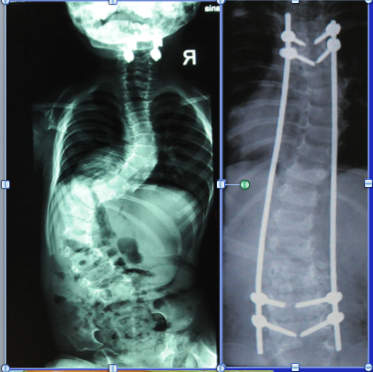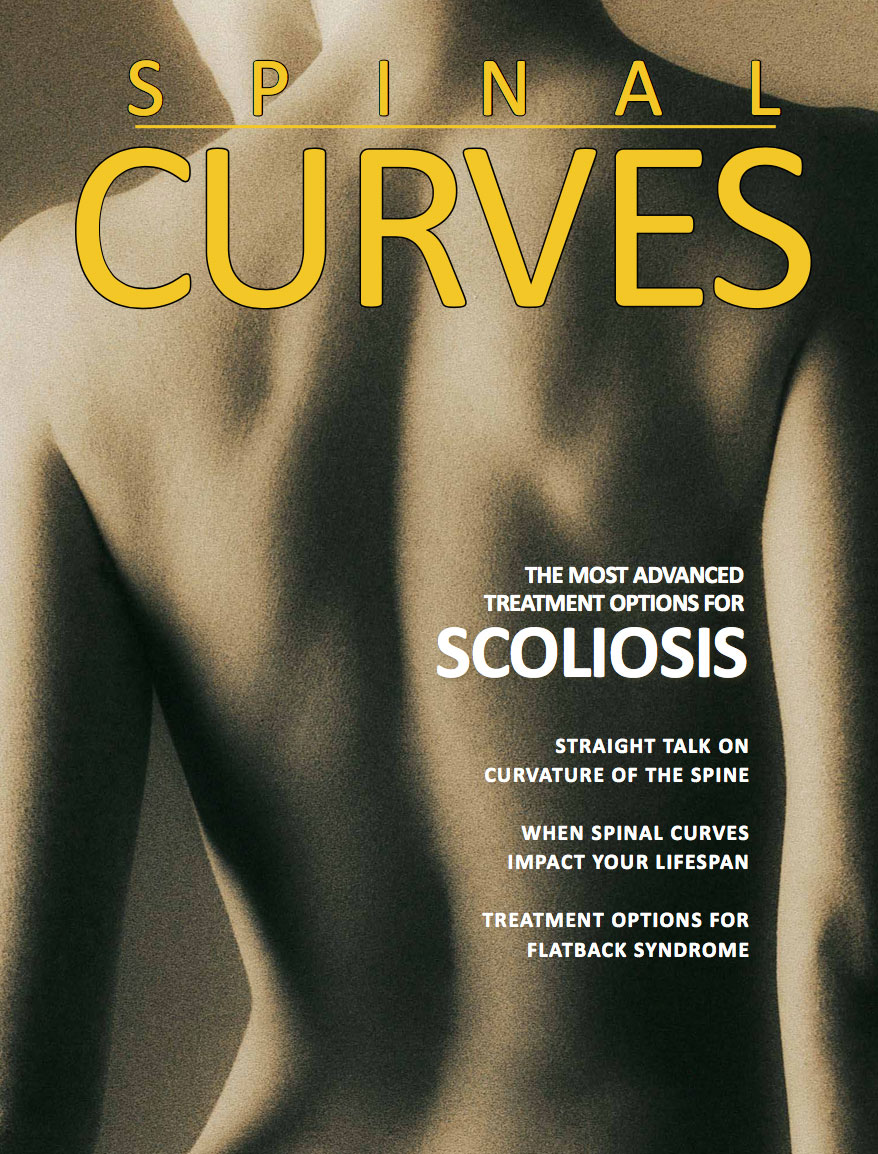Pediatrics (Birth to 7 years old)
 Small children, from birth to 7 years of age, pose special challenges in the treatment of their scoliosis. In these patients, growth of the spine and the lungs via the ribcage are intertwined, and must be maintained. Causes can be infantile or juvenile idiopathic scoliosis, congenital scoliosis and rib fusions, or neuromuscular or genetic syndromes, or connective tissue disorders.
Small children, from birth to 7 years of age, pose special challenges in the treatment of their scoliosis. In these patients, growth of the spine and the lungs via the ribcage are intertwined, and must be maintained. Causes can be infantile or juvenile idiopathic scoliosis, congenital scoliosis and rib fusions, or neuromuscular or genetic syndromes, or connective tissue disorders.
In these patients, initial attempts to control the scoliosis and maintain ribcage and lung growth can focus on observation, bracing, or casting, though one downside of bracing and casting is that braces and casts push on the ribcage as it grows. If this is not successful in progressive curves, then a variety of growth preserving procedures can be attempted, including growing rods, Shilla procedures, titanium rib or vertical expandable prosthetic titanium rib (VEPTR), MAGEC rod, or a stapling or tethering procedure. However, as their name implies, these growth preserving procedures may need multiple repeat surgeries to maintain growth, but this sometimes is the only way to maintain thoracic growth and lung function.
Research Study: Waiting is not the best policy for kids with spinal curves

When children have spinal curves, physicians move cautiously. But now new research may be saying that waiting is not the best policy for children with spinal curves because they can quickly worsen to the point that more invasive surgery is required to correct the curve.
In the Canadian nationalized health care system, stories about patients having to wait many months for diagnostic studies and non-emergency surgeries are commonplace. These long waits for treatment represent the downside of government health care plans in Canada and the United Kingdom. Interesting researchers from Canada documented that long waits for treatment have shown to adversely affect the care of children in Canada who have scoliosis.
Researchers reported results from two studies about scoliosis treatment in a recent Canadian Medical Association Journal that revealed teens with scoliosis that wait more than three months for scoliosis surgery, risk further complications to their spine. Scoliosis surgery is one of the most common procedures performed in pediatric orthopedics.
The study found that patients waiting extended periods of time for surgery might need more surgery than originally to achieve the same results. Waiting for surgery can allow the spine to develop a worse curvature, which may require more blood loss and risk of damage to nerves (paralysis) when surgery is finally performed.
The study showed that waiting for surgery in patients that were skeletally immature or had larger curvatures of the spine showed the most adverse events for waiting for surgery. The researchers concluded that the younger the patient (teenage years) and the more they are in a growth spurt, the more risk that a spinal curve can quickly worsen.
The scoliosis research advised scoliosis surgeons to wait no longer than three months before acting, not the recommended waiting time of up to six months. The study showed that waiting longer than 6 months, 10-15% needed additional surgery that did not need at first, compared to 1.6% needed additional surgery who waited less than six months. Patients who waited longer also had longer surgeries and longer hospital stays.
For patients in the United States, this research implies that parents need to move quickly if they suspect their child has a spinal curve, and to be decisive when it comes to treatment, especially if surgery is recommended.
For more information on this research study, click to:
https://www.cbc.ca/news/health/story/2011/05/02/scoliosis-pediatric-surgery-wait-times.html






